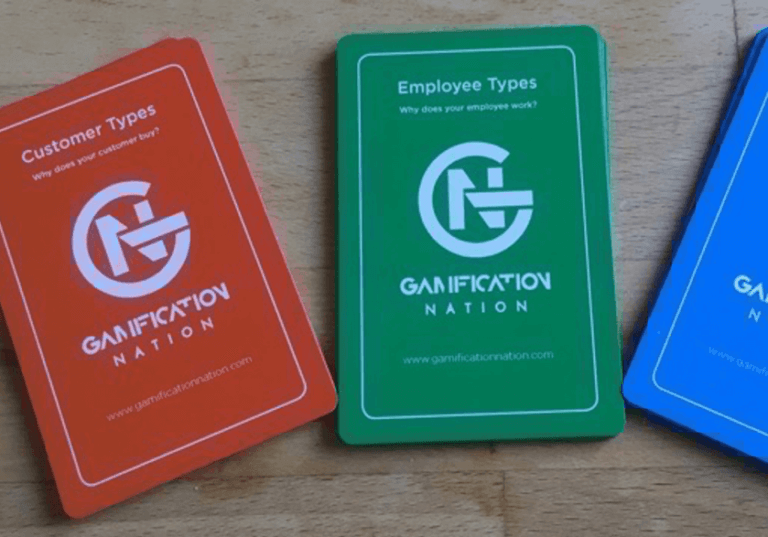One of the areas we consult organisations on is where and when to add gamification to their application. We have software companies and app makers that contact us about wanting to add gamification to their applications for a wide range of reasons. Sometimes this request is driven by market demand because everybody else is doing it so we should too. Other times it has real genuine reasons such as specific engagement targets.
Consider it when building your application
In an ideal world engagement is not just an afterthought and it has a clear place on your development roadmap. You may see it as a way to encourage your users to stick with your application or at least it’s reason for existing. Providing nudges and indicators of progress through game elements can be very useful. You may have gamification at your core and want to engage users at various touch points to do more things that are meaningful to them.
We are making one big assumption here namely that you know who your end-user will be and how they are motivated to use your application. If you haven’t done this kind of research at this point I would strongly encourage you to do so, because it will fast-track what is and isn’t important to them. It may also give you additional insights into your customer base.
What is their meaningful journey?
If you are looking at implementing gamification after an initial launch or MVP. Then knowing your customers’ reason for interacting with your software and knowing what would make their journey better is key to deciding which features to add or not.
For example, in the case of wine application, you may want to add explorer tracks to find out new wines and regions. In the case of a learning application, tracks to mastery in a topic and potentially certification may be what your users are after. In either case, ask the end-user first if this would enhance it for them, before blindly adding in gamification.
Nudges to get the most out of your application
If you look at social media and fitness applications, adding nudges to encourage you to come back, engage and continue towards your goals is usually carried out through game elements. The combination of messages and prompts and well-placed game mechanics play to our deeper motivators.
The concept of behavioural nudging has definitely increased awareness of its power and taking an approach that is optimal for most users is a good starting point. Then allowing users to tailor it to their preferences is also positive, even if for most applications only a small number of people will set their own preferences. However, having preference options allows the perception of freedom.
I am an avid user of the preference settings and when the app companies then go against my settings I do find it very frustrating. Facebook being the most regular offender, on one side they say you can personalise everything and then on the other they ignore it blankly with new releases. So be mindful to keep in the end-users good books.
When not to implement gamification
The biggest reason I hear people want to implement gamification into their software or apps is that everyone else has it. To me, that is by a long shot the poorest reason to implement anything. Off course, your core functionality needs to work first and foremost and if gamification is not part of this core, then you need a good reason to add it in.
If your end-user is game averse and doesn’t like nudges or feedback of any kind then leave gamification out. The underlying assumption here again is that you know this based on your user research.
If your software tool or app is checklist focused or quick fix focused, then often adding gamification into it makes no sense. Think about it as a Google search, it does what it is supposed to do. Adding gamification to a Google search is not necessarily enhancing the experience for the end user, in fact, it may frustrate them to be pushed away from what they came to do.
Best practice advice
If I was to summarise the key steps to decide if gamification is right for your application then the list would look a bit like this:
- Understand what your user is using your application for (the problem it solves for them)
- Understand if the user is open to gamification from analytics on their usage of other related tools
- If they are open to gamification, then build it into your roadmap from day 1
- When adding gamification, start with what will have the most meaningful impact for the end-user in solving their problem in the nicest possible way
- Test and measure what is used and what could be left out
- Don’t just add it because you can, gamification is not magic dust it can also have frustration as a side effect
- If you found a working model then stick with and build in seasonal or big day specials to keep the gamification fresh
https://gamificationnation.com/are-you-putting-users-at-a-disadvantage-with-a-one-size-fits-all-strategy/




